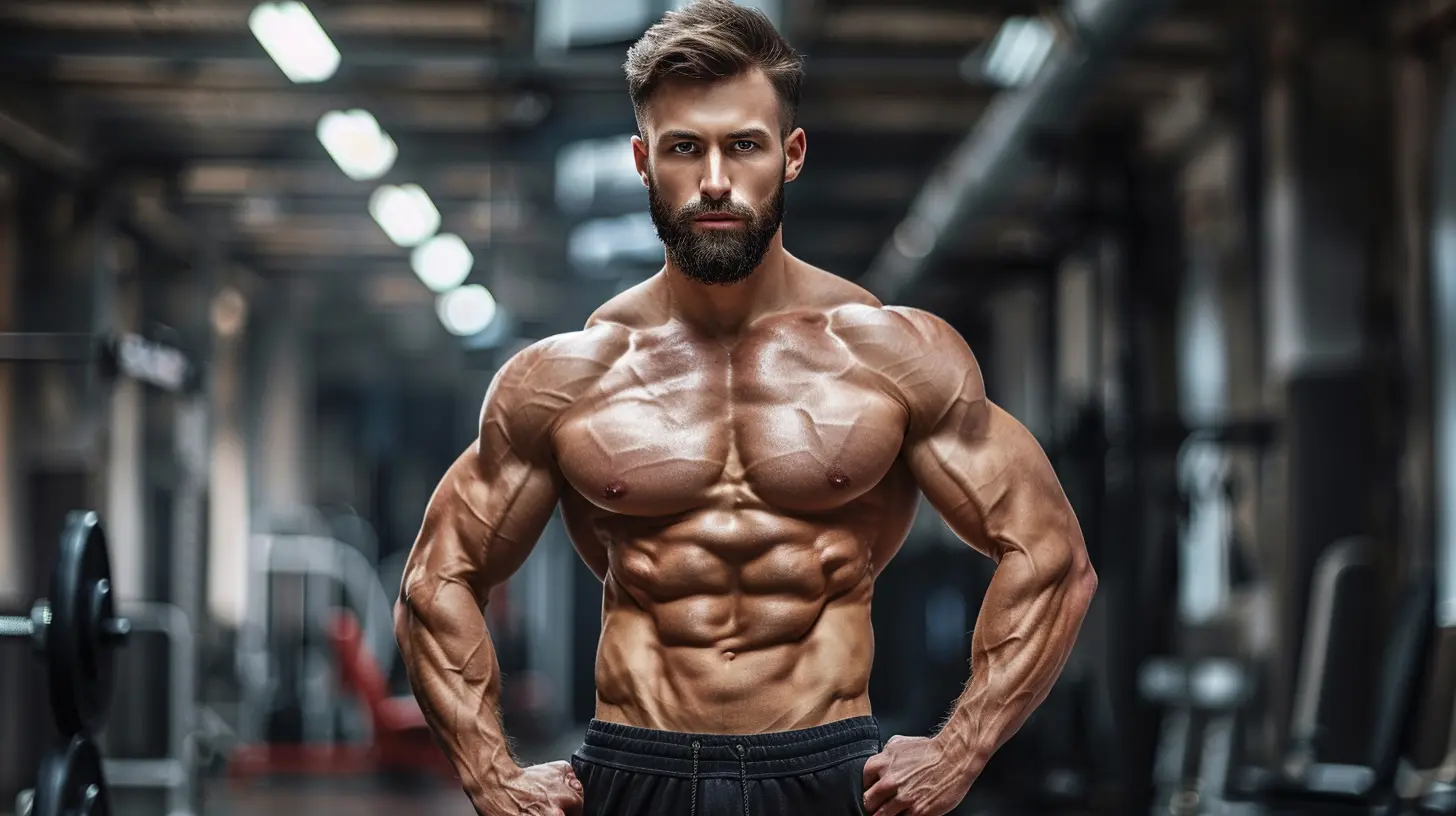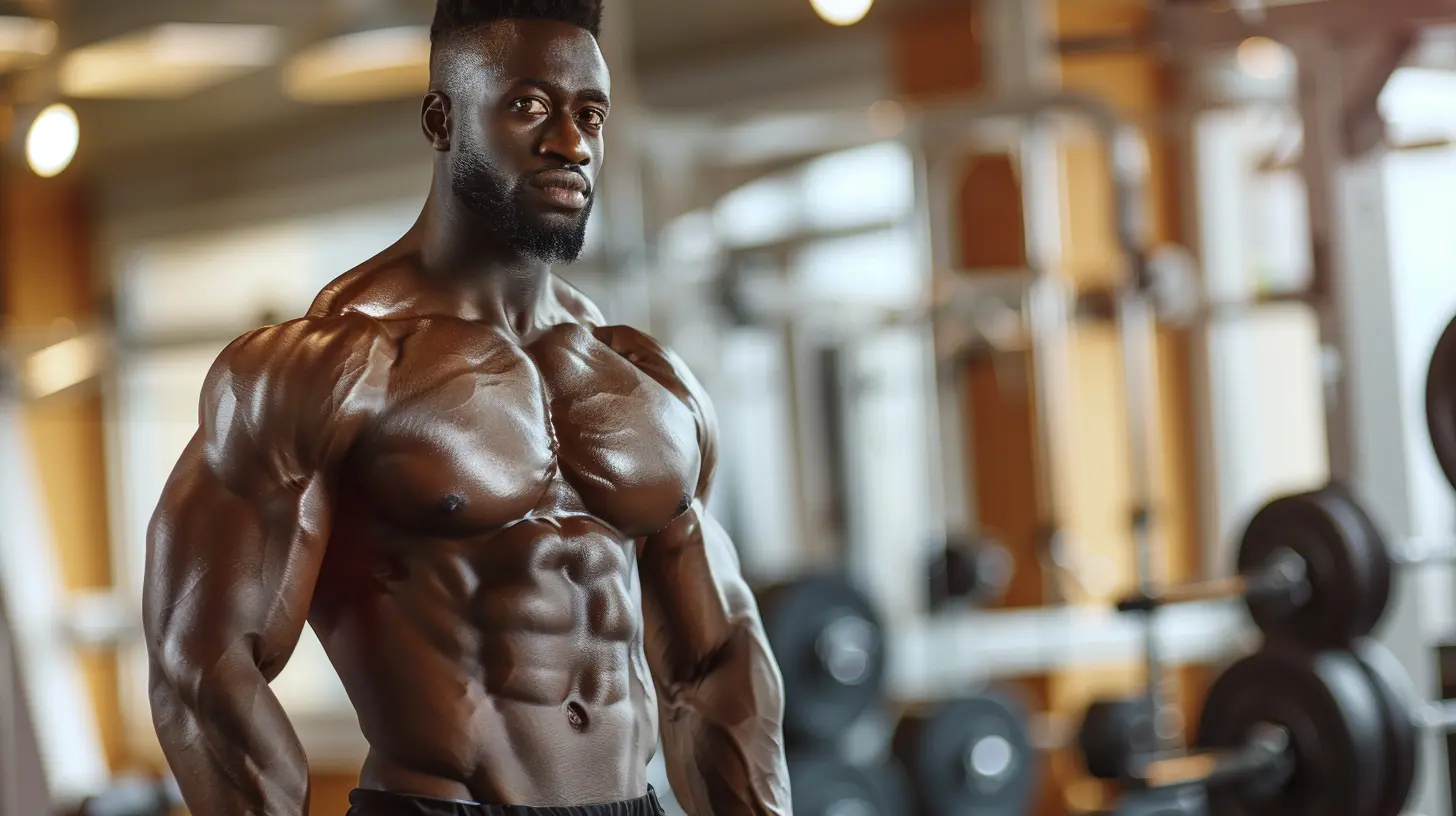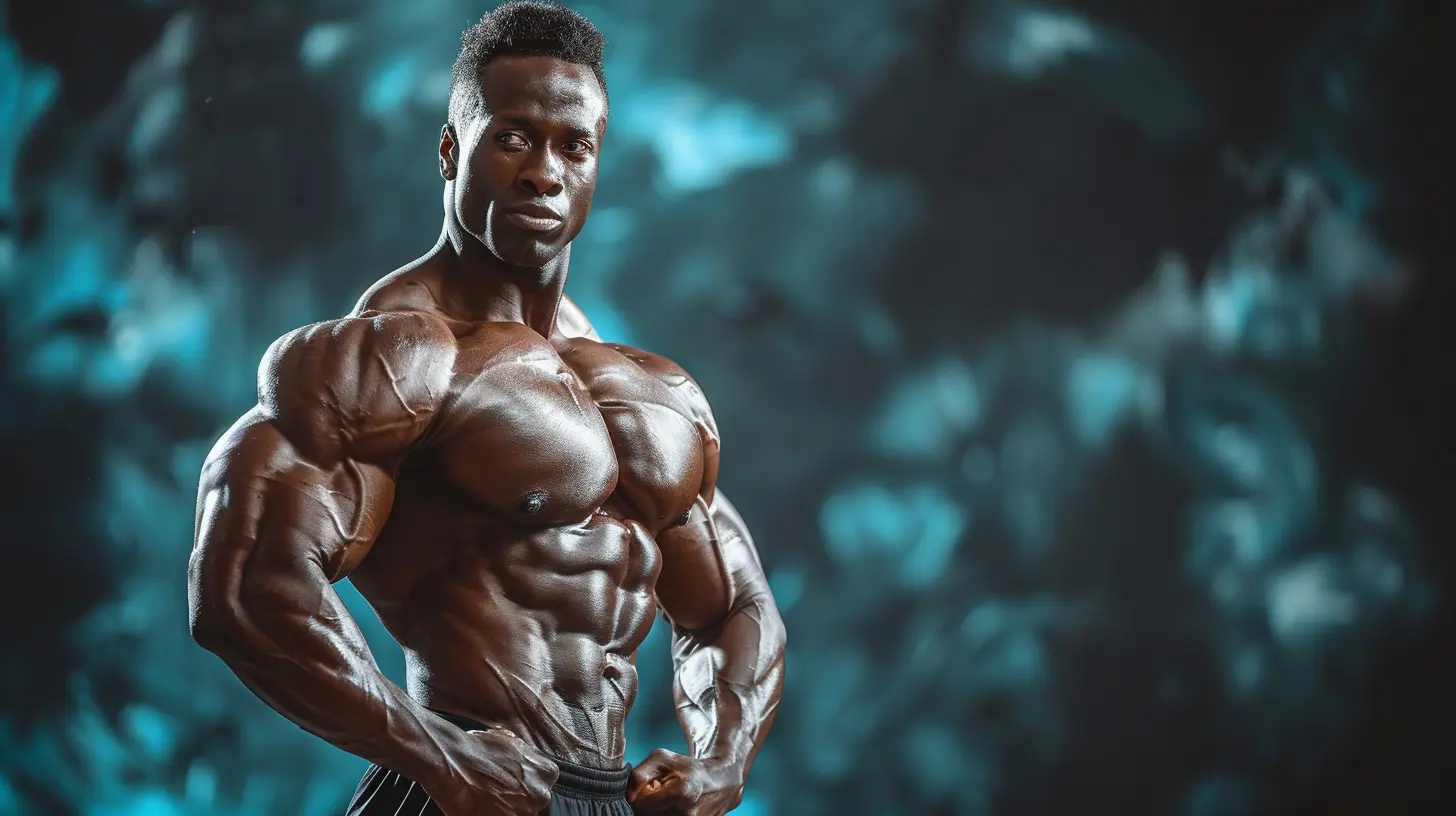The Role of Protein in Sculpting Your Perfect Physique
25 November 2025
When it comes to chasing that dream body — whether it's chiseled abs, toned arms, or a lean silhouette — one macronutrient stands above the rest: protein. It’s often hailed as the building block of muscle, but what does that really mean? Why is it so crucial when you're looking to sculpt your perfect physique? Let’s dive in and break it down — no fluff, just the real deal.
What Is Protein, Really?
Before we zoom into its role in physique transformation, let's talk basics. Protein is a macronutrient made up of amino acids — think of them as tiny Lego pieces that build and repair tissues. Your muscles, bones, skin, hair, and even hormones rely on protein to function properly.There are 20 amino acids, and 9 of them are essential — meaning your body can’t make them on its own. You have to get them from your food. Think eggs, lean meat, fish, dairy, and plant-based options like tofu, lentils, and quinoa.
If carbs are your body’s fuel and fats are its storage system, then protein is your repair crew.
Why Protein Is Crucial for Your Physique Goals
1. Muscle Growth and Repair
Let’s get one thing straight: muscles don’t grow in the gym — they grow when you rest and recover. Every time you lift weights or challenge your body with resistance, you're creating microscopic damage in your muscle fibers. Protein steps in like a construction crew and rebuilds those fibers, making them bigger and stronger over time. Without enough protein? That repair process falls flat.2. Fat Loss and Lean Muscle Retention
Trying to lose fat and hold onto muscle is a tightrope walk, but protein helps you pull it off. When you're in a calorie deficit, your body starts using resources for energy — and without enough protein, it might break down muscle tissue instead of fat. Including enough protein in your diet protects that hard-earned muscle while encouraging your body to burn through fat stores.Plus, protein is super filling. Ever notice how a chicken breast keeps you satisfied way longer than a bag of chips? That’s because protein keeps hunger hormones like ghrelin in check while boosting satiety hormones like peptide YY. Translation: fewer cravings, less snacking, and a better chance of sticking to your goals.
3. Boosts Your Metabolism
Here’s a little secret: your body actually burns calories digesting food. This is called the thermic effect of food (TEF). Protein has the highest TEF of all the macronutrients — your body uses up more energy to process it than it does with carbs or fat.So, by eating more protein, you’re naturally giving your metabolism a little nudge. It’s like adding kindling to keep the fat-burning fire going all day.
How Much Protein Do You Actually Need?
This is where things get a little tricky. The "official" recommendation for sedentary adults is around 0.8 grams of protein per kilogram of body weight. But if you're active — especially if you're lifting, running, or doing HIIT — that number goes up.Here’s a quick cheat sheet:
| Activity Level | Protein Needs (per kg body weight) |
|----------------|--------------------------|
| Sedentary | 0.8 g |
| Active | 1.2 – 1.7 g |
| Strength Training / Muscle Gain | 1.6 – 2.2 g |
For those of us counting in pounds, that translates to around 0.7–1 gram of protein per pound of body weight if you’re training hard and looking to change your physique.
Let’s keep it real — it’s not just about numbers. It’s about consistently fueling your body with quality protein throughout the day. That brings us to the next point…
Timing Matters: When Should You Get Your Protein?
You don’t need to be glued to a stopwatch, but nutrient timing can make a difference. Here's a simple breakdown:Morning
Starting your day with protein helps stabilize blood sugar, curb cravings, and kick-start the muscle-building process. Eggs, Greek yogurt, protein smoothies — totally worth waking up for.Post-Workout
This is prime time for muscle recovery. Aim to get about 20–30 grams of protein within 30–60 minutes after your workout. Combine it with a fast-digesting carb (like a banana) for the best results.Before Bed
Muscle repair doesn’t stop when you sleep — in fact, it's when most of it happens. Casein protein (found in dairy) digests slowly and feeds your muscles through the night. Cottage cheese or a slow-release protein shake does the trick.Best Protein Sources for Sculpting Your Physique
Protein comes in all shapes and sizes — from a sizzling steak to a scoop of vanilla whey. But not all protein is created equal. Let's weigh the options:Animal-Based Proteins
These are called "complete proteins" because they contain all 9 essential amino acids:- Chicken breast
- Turkey
- Eggs
- Lean beef
- Fish (like salmon, tuna, trout)
- Greek yogurt
- Whey and casein protein powder
Plant-Based Proteins
Many plant sources lack one or more essential amino acids, but combining them can make a complete profile:- Lentils and chickpeas
- Quinoa
- Tofu and tempeh
- Edamame
- Nuts and seeds
- Pea or rice protein powder
Whether you’re a meat lover or plant-based warrior, the key is hitting your daily protein target with high-quality sources.
Debunking Common Protein Myths
Let’s clear up some confusion before it messes with your mindset.❌ “Eating too much protein will bulk me up like a bodybuilder.”
Nope. Building serious muscle takes intense training, years of consistency, and often more help than just diet (if you catch my drift…). Protein alone won’t turn you into The Hulk.❌ “You can only absorb 30 grams of protein at a time.”
This myth's been floating around forever. The truth? Your body absorbs all the protein you eat — just at different rates. That said, spreading intake evenly throughout the day is still a smart move to keep muscle protein synthesis humming.❌ “High-protein diets are bad for your kidneys.”
If you have healthy kidneys, there’s no solid evidence that eating more protein is harmful. Of course, if you have pre-existing kidney issues, talk to your doctor before making big dietary changes.Tips to Sneak More Protein Into Your Day
Getting enough protein doesn't mean eating a dozen chicken breasts a day. Try these easy hacks:- Add eggs or egg whites to your morning pancakes.
- Toss Greek yogurt into smoothies instead of milk.
- Swap in protein pasta made from lentils or chickpeas.
- Snack smart with jerky, cottage cheese, or roasted edamame.
- Use protein powder in oatmeal, baking, or even coffee (hello, proffee!).
Keep it fun, keep it simple — and don’t be afraid to experiment.
Pairing Protein with Training for Optimal Results
Think of protein as the fuel and training as the tool. You need both working together to sculpt your ideal body. Resistance training tears the muscle, protein rebuilds it. Cardio burns fat, protein holds onto lean mass.Make sure your training plan includes:
- Progressive overload: Lifting heavier or increasing reps over time.
- Rest days: This is when the real magic (muscle growth) happens.
- Variety: Mix in different styles — weightlifting, bodyweight workouts, HIIT, and even yoga.
Your physique is like a sculpture. The workouts shape it; the protein fills it in and makes it strong.
Listen to Your Body
No one-size-fits-all advice works for everyone. Some folks feel great on 1.6 grams of protein per kg; others need more. Track how you feel, how your body responds, and tweak as needed.Are you recovering well? Is your energy consistent throughout the day? Are you making strength gains and seeing body composition changes? Great — keep doing what’s working.
And hey, don’t forget hydration, sleep, and overall nutrition. Protein is important, but it’s only one piece of a much bigger puzzle.
Final Thoughts
Protein isn’t just for bodybuilders or gym rats — it’s an essential piece of the puzzle for anyone looking to build muscle, burn fat, and transform their physique. It helps repair and grow muscle, keeps you feeling full, supports fat loss, and even revs up your metabolism.Want to sculpt your perfect body? Start by giving your muscles the building blocks they need — and that means making protein a priority.
Ready to change your body? Then let protein do its thing — one meal at a time.
all images in this post were generated using AI tools
Category:
BodybuildingAuthor:

Laura Hudson

